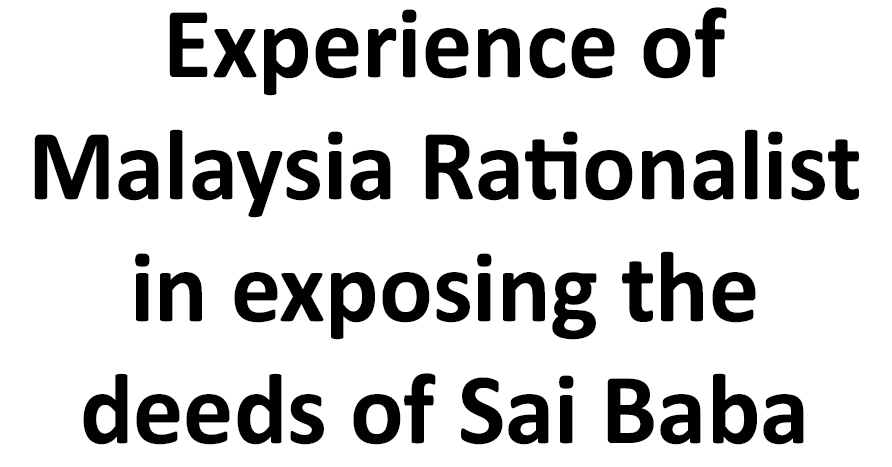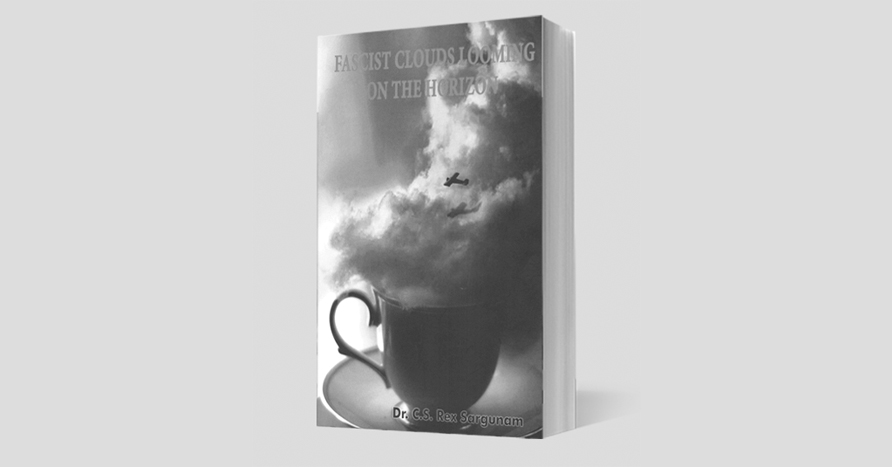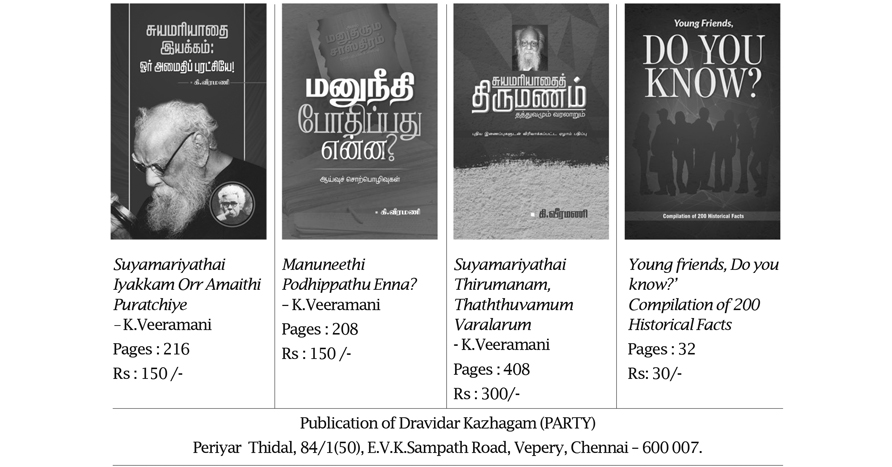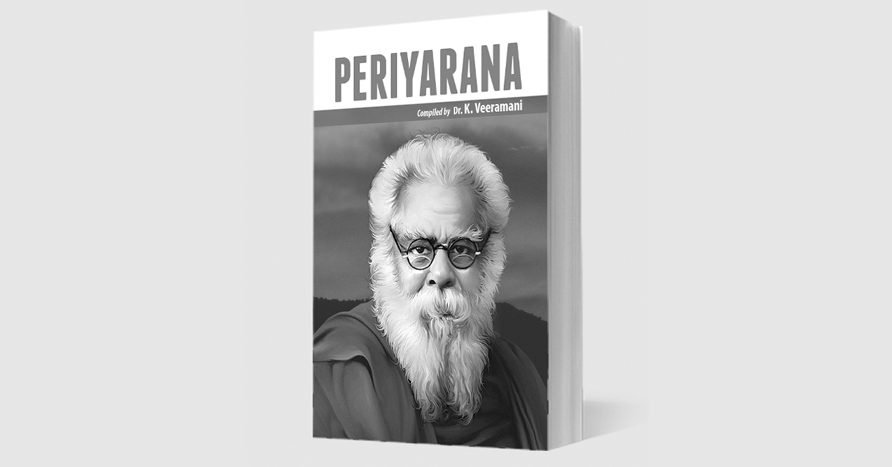Irfan Engineerand Neha Dabhade
Indian society is at a crossroads of kinds. On one hand there is brutal violence meted out to the Dalits as witnessed in Una and is indicative of similar dehumanization of Dalits taking place elsewhere in the country. On the other hand, Prime Minister Narendra Modi has claimed to be an “Ambedkar Bhakt” (Indian Express, 2016) and also went to an extent of calling Ambedkar Martin Luther King. This is an irony since Ambedkar, all his life espoused the cause of equality for Dalits and RSS which is the ideological foundation of BJP has never criticized this inequality or hierarchy. The recent celebration of Ambedkar’s birth anniversary by BJP and RSS and the portrayal that Amedkar’s ideology was close in its moorings to Hindutva ideology of RSS is to appropriate Ambedkar for its own political ends. The book, Ambedkar and Hindutva Politics, by Ram Puniyani explains in stunning clarity, the politics and position of organizations like RSS and BJP towards Ambedkar and Dalits, whose cause he championed all his life. The author deals with irreconcilable thoughts and ideas of the two to demonstrate how Ambedkar is selectively quoted, his ideas distorted and falsely presented to appropriate him and reach out to Dalits for vested interests. These very fundamental differences are dealt with very systematically in the essay by focusing on different aspects of Ambedkar’s thoughts. Some that are very significant are discussed below.
The book contributes to the discourse of the treatment of Hindutva politics of the question of caste, religion and Ambedkar. This is a valuable contribution in the face of the overtures made by RSS and BJP leaders to demonstrate how Ambedkar and Hindutva had no differences and there is congruence between the objectives of Hindutva politics and Ambedkar’s ideology and causes. The book explains that there was a stark difference between the ideas of Ambedkar and the ideology of Hindutva. Ambedkar had experienced the discrimination and inequality that caste system represented. Based on these experiences, he analyzed that caste system in India is a manifestation of Hinduism which was essentially brahminical in nature and inherently hierarchical. The RSS ideology finds its underpinnings in Brahminical Hinduism and Hindu Nationalism, both ideologies an anathema to Ambedkar’s ideas of equality and liberty. Ambedkar very lucidly stated that Hinduism is “nothing but a mass of superficial, social, political and sanitary rules and regulations, organised around caste…”. He goes on to state “no matter what the Hindus say Hinduism is a menace to liberty, equality and fraternity. On that count it is incompatible with democracy”. Later he went on to denounce Hindu religion and converted into Buddhism. While this was the very fundamental difference between the conceptualization of Hinduism by RSS and Ambedkar, the book, Ambedkar and Hindutva Politics, makes an interesting observation how the two sides view Lord Ram. Lord Ram is the prominent symbol of cultural nationalism for RSS. He embodies the ideal man donning the role of an ideal husband and a ruler. However, Ambedkar states that for Ram, “the life of Sita simply did not count. What counted was his own personal name and fame. He, of course, does not take the manly course of stopping this gossip, which as a king he could do and which as a husband who was convinced of his wife’s innocence he was bound to.” Further to elaborate the violence that the “ideal” ruler Ram perpetrated on Dalits, the book cites an example of a Dalit, Shambuk, whose head was severed by Ram while Shambuk was practicing tapasya in the pursuit of going to heaven.
Taking on from this example, the author succinctly brings focus to the politics of RSS to Dalits. The approach of RSS, as the book outlines, has been characterized by convenience and cooption. Dalits have been historically brutally victimized by the caste system which derived legitimacy from works like Manusmriti. While Mahatma Phule and Ambedkar led struggles for equality and emancipation of Dalits from the exploitation and violence against the Dalits in the form of Chavadar talab movement (equal access of Dalits to public drinking water), Kalaram Mandir agitation (equal access of Dalits to places of worship) and burning of the Manusmriti, the RSS never participated or supported these movements. In fact, the struggles for assertion for equality by Dalits had a role in the formation of RSS which consisted of men from upper caste. The author explains that in spite of this polarity, RSS has been co-opting the Dalits to present a ‘united’ face of Hinduism. Samajik Samrasta Manch was an organization founded by the RSS in order to co-opt the Dalits by creating a smoke screen of inclusion. However, the intention of Hindutva politics is not to question the existing social order or eliminate the ‘graded hierarchy’ as was worked upon by Ambedkar, but to retain the subjugation of Dalits.
There is also an attempt to encourage the Dalits to continue with the same traditional occupations by wrongly glorifying them to preempt any contempt for them or desire for change. Prime Minister Modi had stated that manual scavenging is a spiritual experience (Gatade, 2013). This kind of social engineering results in restricting the Dalits to the social and economic periphery while the privileges and power of the upper castes remain untouched and unhindered. By propounding its idea of integrated humanism, Hindutva preempts opposition and ensures continuation of traditional professions strictly.
The book interestingly points out by referring to the writings of Ambedkar that Savarkar in fact first propounded the two nation theory which was later reiterated by Jinnah. Ambedkar writes that he found the positions of both Jinnah and Savarkar to be very similar and in agreement albeit one difference. While Jinnah demanded partition and formation of India and Pakistan to be occupied by Hindus and Muslims respectively, Savarkar pictured a country where both the communities lived in one undivided country, under one constitution that would accord a predominant position to the Hindus and a subordinate position to the Muslims. By shedding light on this aspect of nationalism as viewed by Savarkar, the book through the lens of Ambedkar’s writings, exposes the inherently discriminatory and supremacist nature of Hindu nationalism which Ambedkar did not uphold. He was alarmed by Hindu nationalism and warned about the dangers posed by the same. In “Must there be Pakistan”, Dr. Ambedkar plainly and without ambiguity states, “if Hindu Raj does become a fact, it will, no doubt, be the greatest calamity for this country. No matter what Hindus say, Hinduism is a menace to liberty, equality and fraternity. On that account it is incompatible with democracy. Hindu Raj must be prevented at any cost.”
This book is significant contribution on a number of counts. The book by studying the different writings of Ambedkar has countered the claims of the Hindutva forces about its proximity to Ambedkar and his views. The book meticulously demolishes the falsehood of organizations like RSS which it seeks to strengthen by distorting the message of Ambedkar. The author in a direct manner outlines the fundamentally irreconcilable visions that Ambedkar and RSS nurture for Dalits and other groups. Overall, it helps the reader in understanding Ambedkar better in a very easy fluid way with the help of his own quotes and weaving a compelling narrative of the context which is marked by the appropriation of Ambedkar by the Hindutva forces which pose formidable challenge to democracy and equality as Ambedkar saw them.
Source : Secular Perspective December 1-15, 2016







